While furnishing a home is a necessary and often enjoyable process, certain furniture items, despite their ubiquity, can become sources of secret regret for many homeowners. These pieces might have seemed like a good idea at the time of purchase, driven by trends, perceived practicality, or budget constraints, but over time, their shortcomings become apparent. From uncomfortable seating to space-hogging designs, these common furniture items often lead to silent dissatisfaction. Understanding these frequently regretted purchases can help homeowners make more informed choices in the future.
1. The Trendy but Uncomfortable Accent Chair
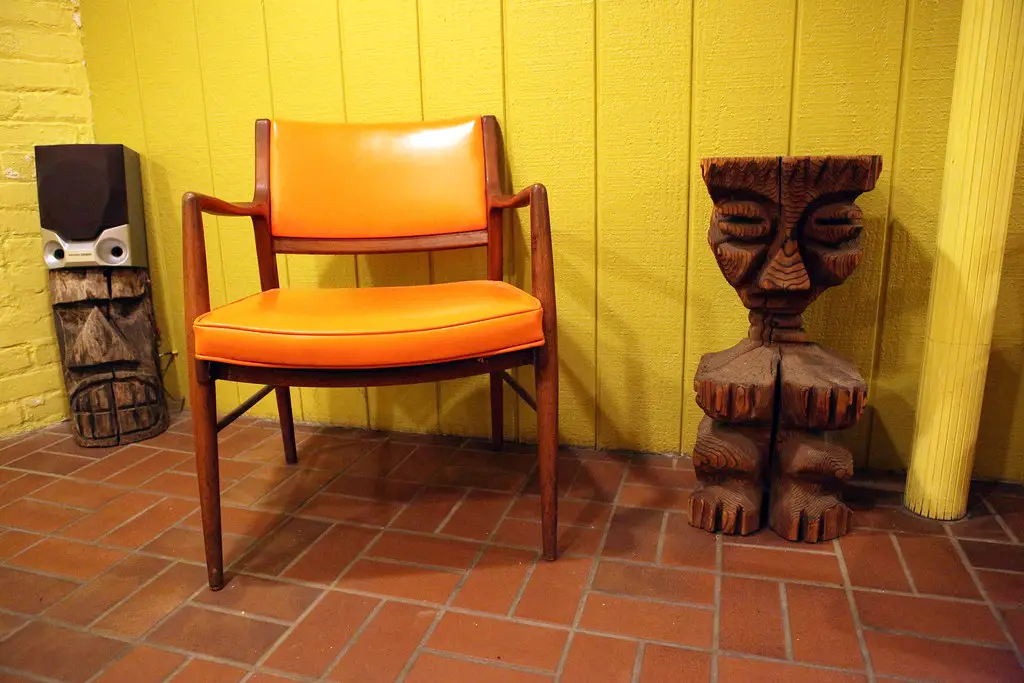
Many homeowners, influenced by current design trends or the desire for a pop of color, purchase accent chairs that ultimately prioritize style over comfort. According to House Digest, a significant percentage of respondents reported regretting accent chairs that were aesthetically pleasing but lacked ergonomic support for extended sitting. These chairs often end up serving as mere decorative pieces rather than functional seating options. The initial allure of a stylish chair can quickly fade when comfort is compromised.
The regret associated with uncomfortable accent chairs often stems from their infrequent use. While they might look good in a living room or bedroom, their lack of comfort means they are rarely chosen for lounging or reading. This leads to the realization that valuable floor space is being occupied by an item that serves primarily as visual decor. The initial enthusiasm for a trendy design can be overshadowed by the ongoing discomfort of actually using the chair. This makes the stylish but uncomfortable accent chair a common source of furniture regret.
2. The Bulky Entertainment Center

In the era of wall-mounted televisions and streaming services, the large, bulky entertainment center has become a source of regret for many homeowners. These units, often purchased to house large CRT televisions and extensive media collections, can now feel outdated and take up valuable floor space in modern living rooms. According to a forum on Houzz discussing living room trends, there is a growing preference for sleeker, more minimalist media storage solutions. The once-essential entertainment center now often feels like an obstacle in a contemporary living space.
The regret associated with bulky entertainment centers is often linked to their lack of versatility. Designed for specific technology and storage needs of the past, they often don’t adapt well to current electronics and media consumption habits. The deep shelves and enclosed cabinets can become cluttered with unused items, further highlighting the unit’s inefficiency. The sheer size and weight of these pieces also make them difficult to move or repurpose, adding to the feeling of regret over a once-significant furniture investment.
3. The Cheap and Unstable Bookcase

The allure of affordable, flat-pack bookcases can be strong, especially for those on a tight budget or in need of immediate storage. However, these inexpensive units are often made from flimsy materials and lack the stability to hold a substantial collection of books or heavier items. According to House Digest, a common complaint is the tendency of these bookcases to sag, wobble, or even collapse over time. The initial cost savings often don’t outweigh the long-term frustration and lack of durability.
The regret associated with cheap and unstable bookcases often arises from their limited functionality and lifespan. They may initially serve their purpose, but their lack of sturdiness can lead to concerns about the safety of stored items. The visual appearance of sagging shelves and the overall flimsiness of the unit can also detract from the aesthetic of a room. The realization that a slightly more expensive, higher-quality bookcase would have been a better long-term investment often leads to regret over the cheaper, less durable option.
4. The Overstuffed and Oversized Sofa
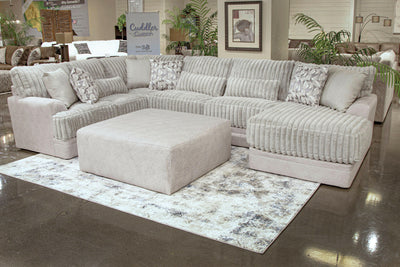
While comfort is a primary consideration when purchasing a sofa, some homeowners end up regretting overly large and deeply cushioned models that overwhelm their living spaces. According to Apartment Therapy, an oversized sofa can make a room feel cramped and limit layout options, especially in smaller homes or apartments. The initial appeal of a plush, sprawling sofa can diminish when it dominates the entire living area.
The regret associated with overstuffed and oversized sofas often stems from their impracticality in everyday life. Their large footprint can make navigation difficult, and their deep seats can be uncomfortable for some individuals to sit upright. The fabric can also be prone to sagging and losing its shape over time, contributing to a less-than-ideal aesthetic. The realization that a more appropriately sized and structured sofa would have been a better fit for the space and lifestyle often leads to this furniture regret.
5. The Glass Coffee Table
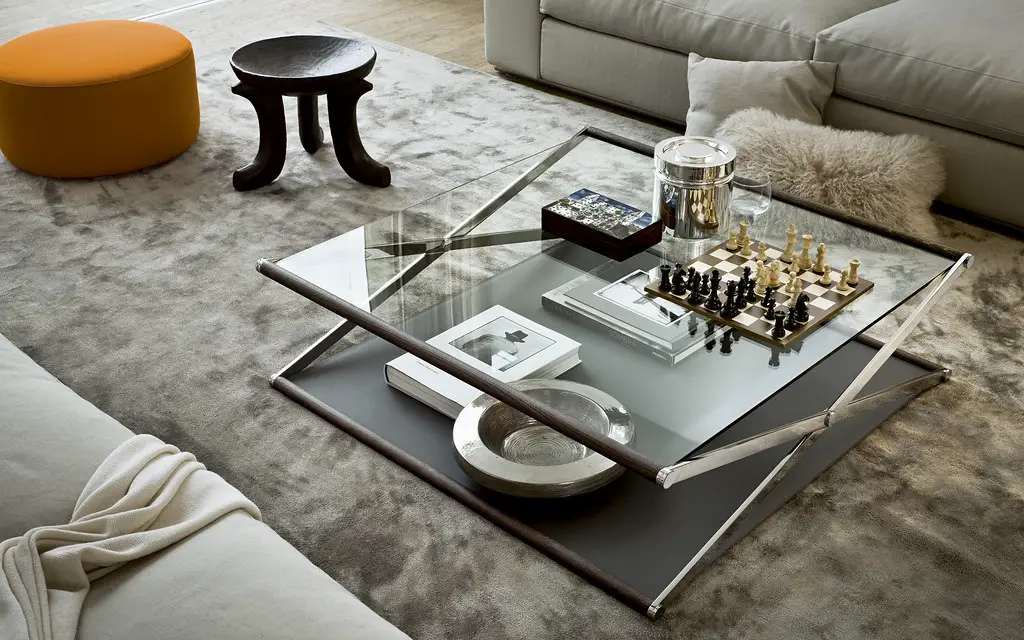
While sleek and modern in appearance, glass coffee tables are a frequent source of regret for many homeowners, particularly those with children or pets. They tend to show every fingerprint, smudge, and dust particle, requiring constant and often frustrating cleaning to maintain their pristine look. The transparency that was initially appealing can quickly become a liability in a busy household. The fragility of glass also poses a safety concern, especially with active children or pets around.
The regret associated with glass coffee tables often stems from the impracticality of their upkeep. The constant need for wiping and polishing can become a tedious chore. The fear of scratches or, even worse, breakage can also make homeowners feel anxious about using the table for its intended purpose. The aesthetic appeal often doesn’t outweigh the daily maintenance and potential safety hazards, leading to a silent wish for a more forgiving material.
6. The Futon

Often purchased for its perceived versatility as both a sofa and a bed, the futon frequently falls short in both functions, leading to buyer’s remorse. As a sofa, it can be uncomfortable and lack proper support for extended sitting, often feeling stiff and awkwardly angled. As a bed, the thin mattress and often clunky or uneven frame typically provide a less-than-ideal sleeping experience for guests. The promise of multi-functionality rarely lives up to the reality of compromised comfort in both modes.
The regret associated with futons often arises from their lack of true comfort and aesthetic appeal. They rarely blend seamlessly with other furniture and can often look out of place in a well-designed living space. The mechanism for converting between sofa and bed can also be cumbersome and unreliable over time. The initial appeal of a space-saving, dual-purpose piece often fades with the realization of its shortcomings in both primary functions.
7. The Bar Stools That Are the Wrong Height
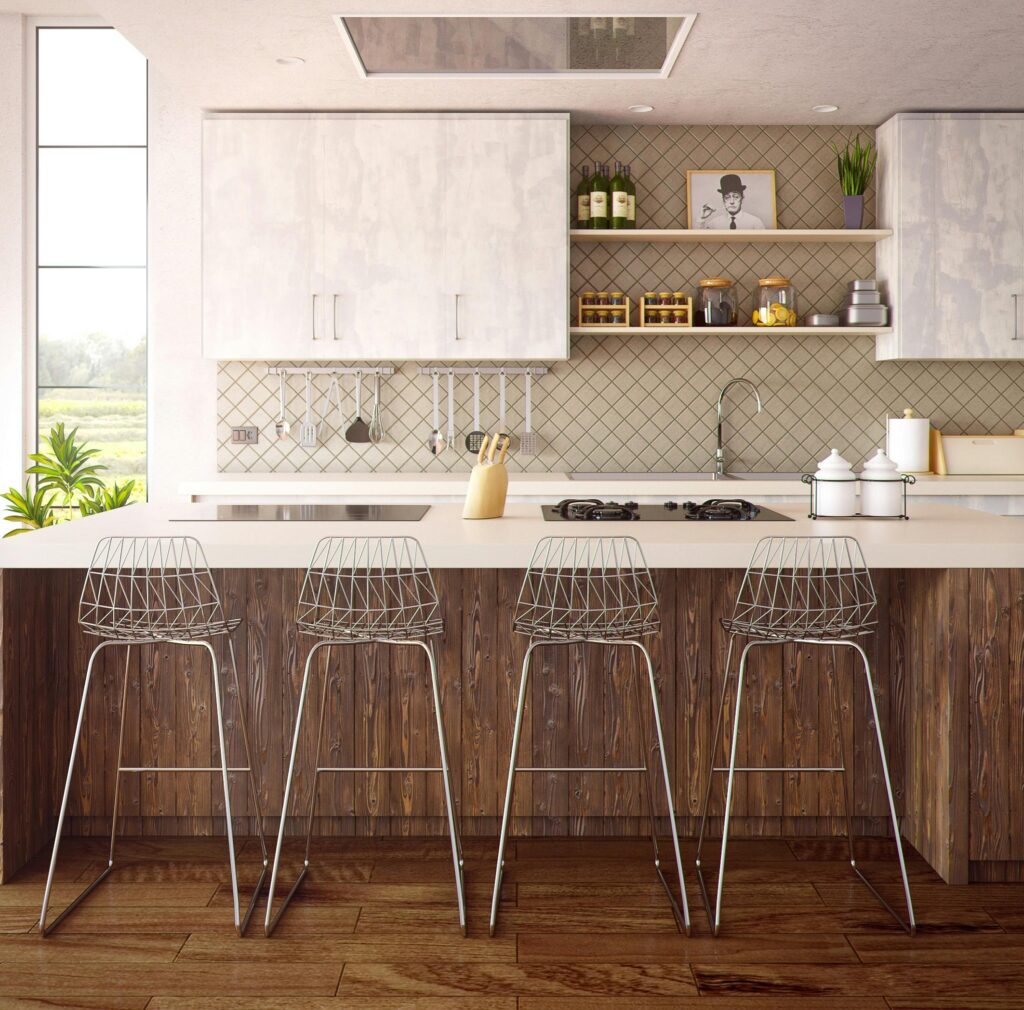
Bar stools that are the incorrect height for a kitchen island or bar counter can render the space uncomfortable and ultimately unusable, leading to silent frustration. If the stools are too short, they make eating or conversing awkward, while stools that are too tall can feel precarious and cause discomfort. This common oversight during the purchasing process often negates the entire purpose of having bar seating in the first place.
The regret associated with incorrectly sized bar stools often stems from the daily inconvenience they cause. Instead of providing a casual and comfortable seating option, they become an obstacle or an unused part of the kitchen or bar area. The aesthetic appeal of the stools themselves becomes irrelevant when their primary function is compromised by their improper height. This easily avoidable mistake often leads to a lingering dissatisfaction with the purchase.
8. The Dining Set That Doesn’t Fit the Space
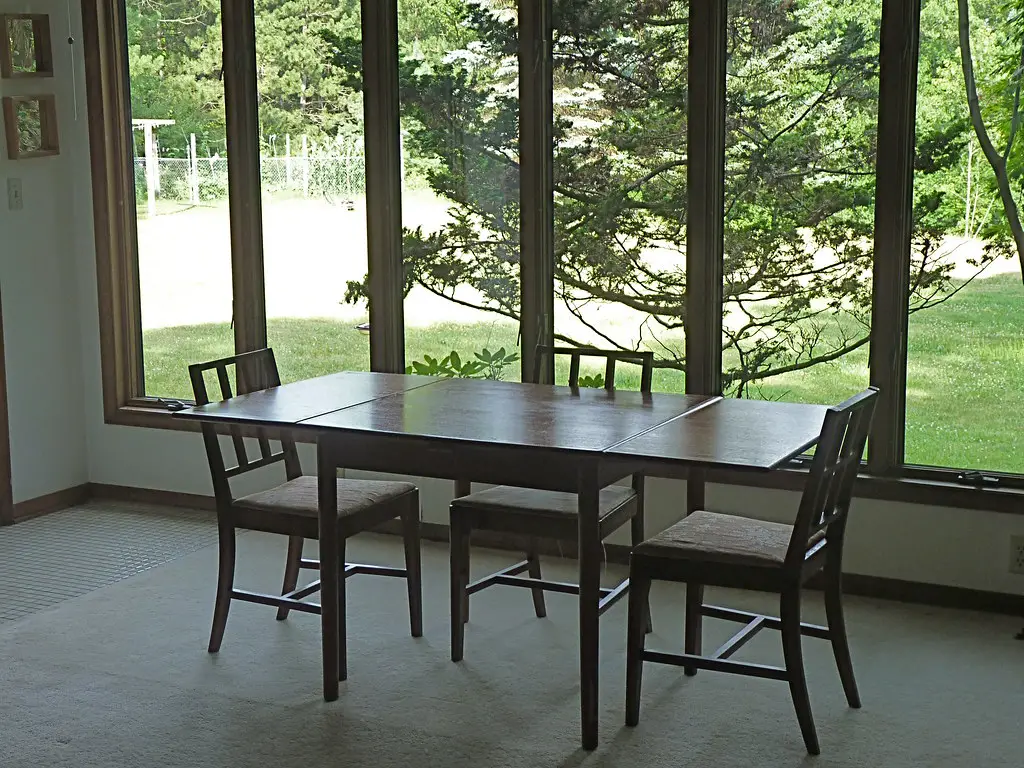
An ill-fitting dining set, whether too large or too small for the designated dining area, can create both aesthetic and practical problems, leading to buyer’s remorse. An oversized table can overwhelm a room, making it feel cramped and difficult to navigate, while a too-small set can look lost and inadequate for even small gatherings, defeating its purpose. The proportions of the dining set are crucial for the overall harmony and functionality of the dining space.
The regret associated with an improperly sized dining set often arises from the daily inconvenience it presents. A too-large set can hinder movement and make the space feel claustrophobic, while a too-small set can limit the ability to comfortably host meals. The aesthetic imbalance can also be a constant source of visual dissatisfaction. Realizing the misjudgment in scale often leads to a lingering regret over the purchase.
9. The Bed Frame That Bangs Your Shins
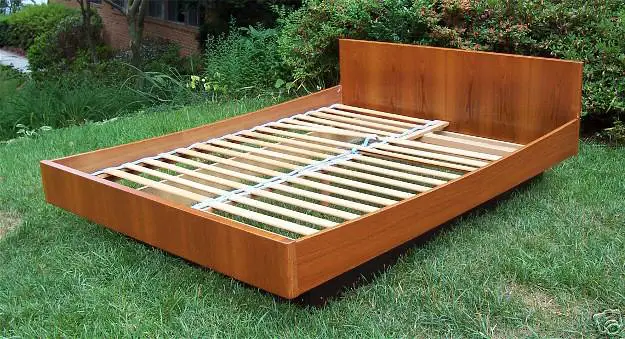
Certain bed frame designs, particularly those with sharp corners or protruding edges located at shin level, can become a nightly hazard, leading to bumped shins and bruised ankles. This constant and often painful annoyance can quickly turn a seemingly stylish bed frame into a source of significant regret and even resentment. The aesthetic appeal of the frame is quickly overshadowed by the recurring physical discomfort it causes.
The regret associated with shin-banging bed frames often stems from the daily physical pain and frustration they inflict. What should be a place of rest and comfort becomes a potential obstacle course. The design flaw that leads to these bumps and bruises can make even getting in and out of bed a dreaded task. The initial attraction to the frame’s appearance fades with each painful encounter.
10. The Dresser with Shallow Drawers

A dresser with drawers that are too shallow to adequately store clothing can be a daily source of frustration and ultimately defeat the purpose of having a dresser for organization. Instead of neatly containing folded garments, items end up overflowing or getting crammed in, making it difficult to find what you need and creating a perpetually messy appearance. The limited storage capacity renders the dresser far less functional than intended.
The regret associated with shallow-drawer dressers often arises from the daily struggle to organize and access clothing. The visual clutter of overflowing drawers and the inability to properly store items can lead to constant dissatisfaction. The initial hope for an organized bedroom is quickly replaced by the reality of inadequate storage space. Realizing the misjudgment in drawer depth often leads to a lingering regret over the purchase.
11. The Outdoor Furniture That Rots or Rusts Easily
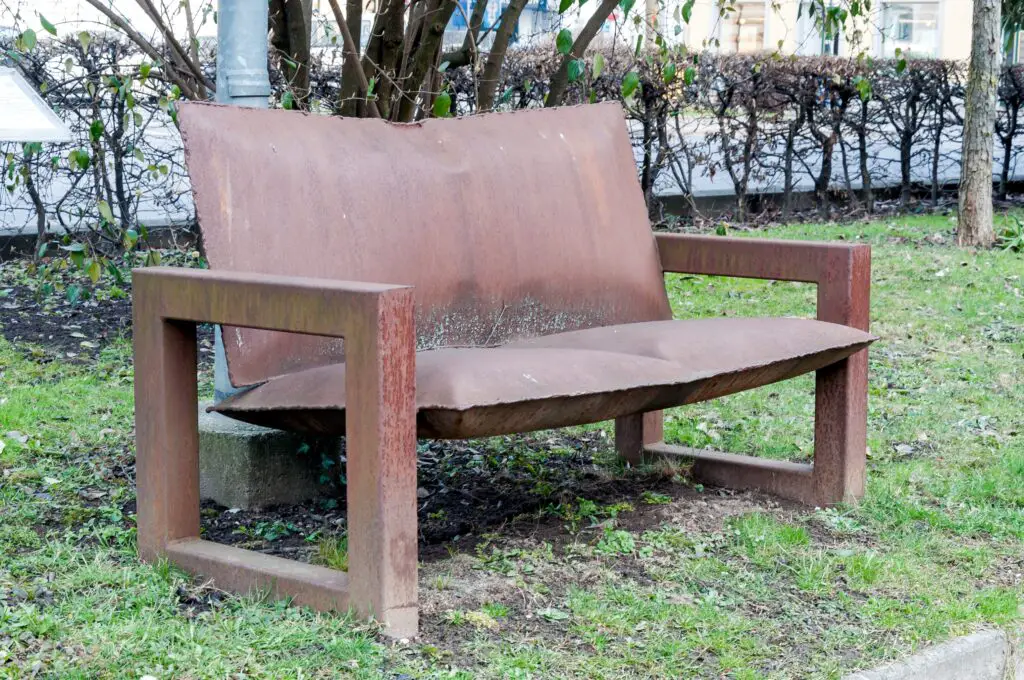
Inexpensive outdoor furniture that is not specifically designed to withstand the elements, such as rain, sun, and humidity, can quickly deteriorate, rot, or rust, leading to a regrettable investment and the need for premature replacement. The initial cost savings are quickly negated by the short lifespan and the unsightly appearance of damaged furniture. The expectation of long-lasting outdoor comfort is soon replaced by the reality of decay.
The regret associated with easily damaged outdoor furniture often stems from the disappointment of seeing a purchased item deteriorate so quickly. The effort of setting up an inviting outdoor space is undermined by the rapid decline in the furniture’s condition. The need to replace these items sooner than expected adds to the financial frustration. Realizing the lack of durability often leads to a lingering regret over the initial purchase.
12. The Wall Decor That Doesn’t Match Anything

Impulse purchases of wall decor that doesn’t coordinate with the existing style and color scheme of a room often end up looking out of place and contribute to visual clutter, leading to silent regret. Instead of enhancing the aesthetic of the space, these mismatched pieces can create a jarring and disharmonious effect. The well-intentioned addition becomes a visual distraction.
The regret associated with mismatched wall decor often arises from the realization that the item doesn’t integrate seamlessly into the existing design. It can stick out like a sore thumb, disrupting the intended flow and aesthetic of the room. The initial attraction to the piece in isolation fades when it clashes with the overall decor. This often leads to the item being relegated to storage or a less visible spot, a constant reminder of a less-than-ideal purchase.
13. The Novelty Item That Quickly Loses Its Appeal
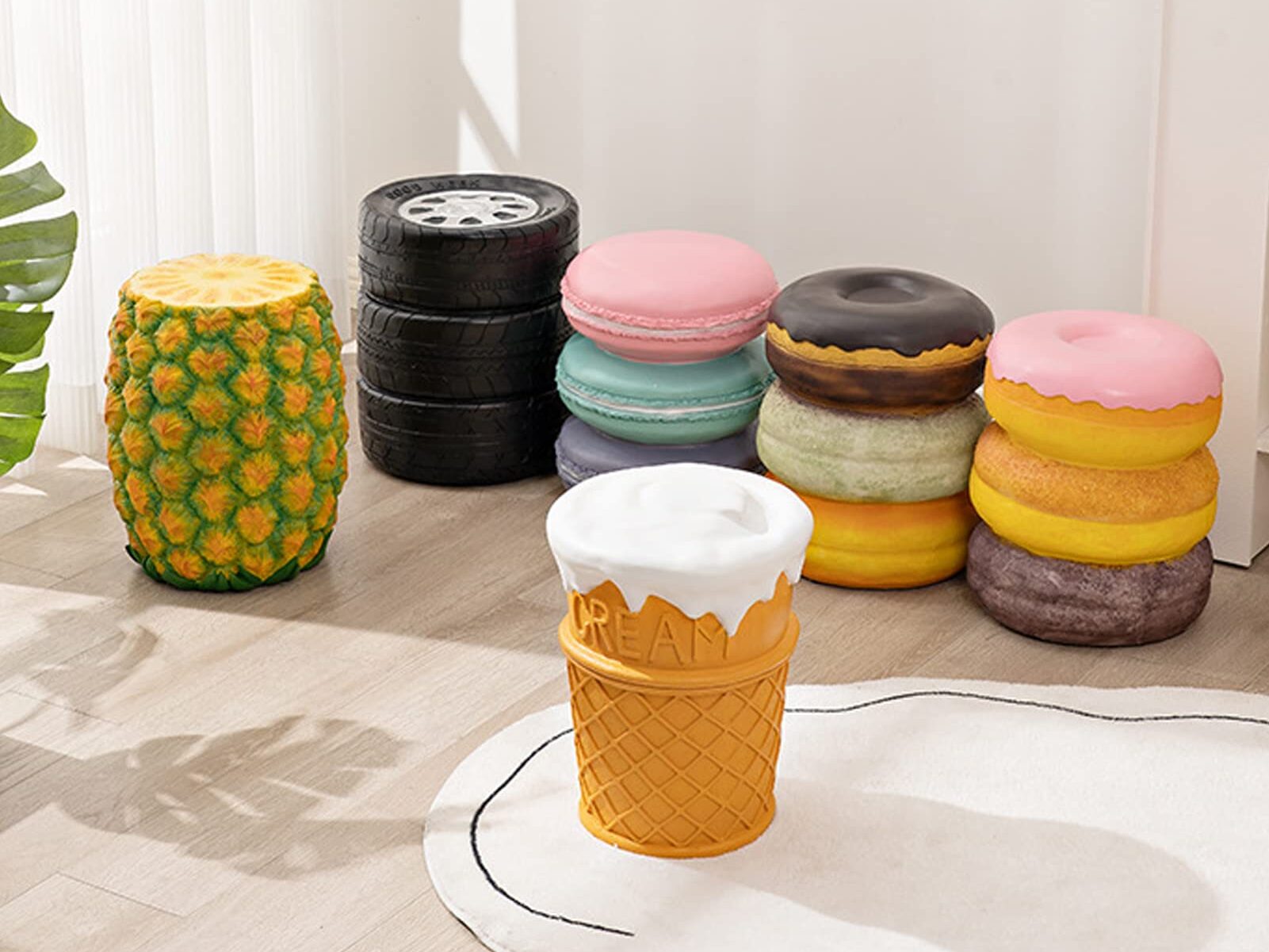
Furniture or decor items purchased primarily for their novelty or trendiness can quickly lose their appeal as personal tastes evolve or the trend fades, leaving homeowners with pieces that no longer fit their style and often feel like clutter. What was once a fun or fashionable addition can soon feel dated or even embarrassing. The initial excitement of owning a unique or trendy item often has a short lifespan.
The regret associated with novelty furniture often stems from the realization that it lacks long-term appeal and versatility. These items can be difficult to integrate into different design schemes and can quickly look out of place as trends change. The space they occupy can come to be seen as better used by more timeless and personally meaningful pieces. The fleeting enjoyment of the novelty often doesn’t justify the long-term presence of the item.
14. Anything Purchased Solely Because It Was on Sale
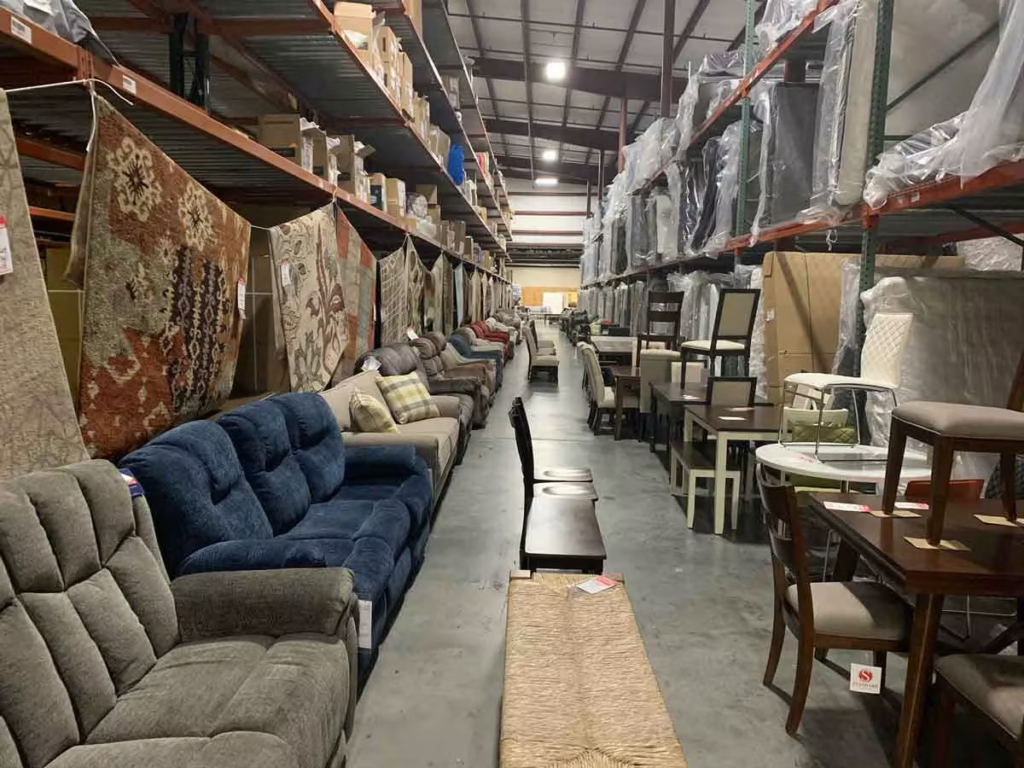
Furniture purchased solely because it was heavily discounted, without careful consideration of its comfort, functionality, or style compatibility with the home, often ends up being a regrettable decision. The allure of a good deal can sometimes overshadow the more important aspects of choosing furniture that will be lived with and used daily. The initial satisfaction of a bargain can quickly fade when the item doesn’t meet practical or aesthetic needs.
The regret associated with sale-driven furniture purchases often arises from the realization that saving money initially doesn’t compensate for owning a piece that is uncomfortable, doesn’t fit the space, or doesn’t align with personal style. The long-term dissatisfaction outweighs the short-term financial gain. These items can end up being rarely used or constantly disliked, serving as a reminder that price should not be the sole determining factor in furniture selection.
